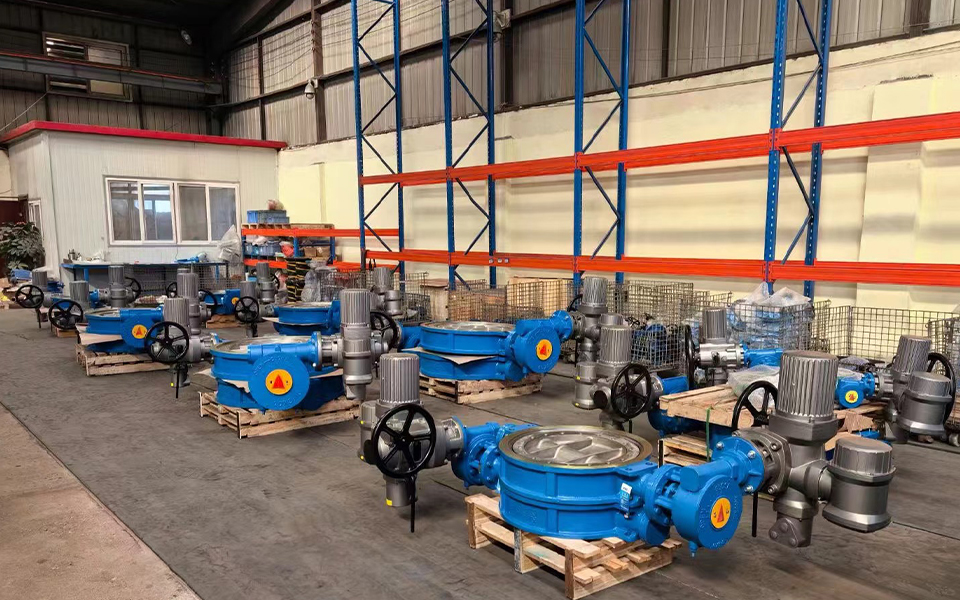INDUSTRY NEWS
Structure analysis of butterfly plate sealing ring of three eccentric metal sealing butterfly valve
1. Overview
The butterfly plate is one of the key parts of the butterfly valve, and it mainly plays the role of making the medium flow and blocking in the butterfly valve. The form of the sealing pair determines the structure of the butterfly plate. The sealing pair of butterfly valve can be divided into non-metal seal and metal seal, and the butterfly plate structure of the soft seal butterfly valve can be roughly divided into the butterfly plate body (that is, the fixed part with the valve stem), the sealing ring and the compression ring. The structure of the butterfly plate of the metal sealed butterfly valve is relatively simple, and the butterfly plate is an integral part, and only wear-resistant and corrosion-resistant materials need to be surfacing on the sealing surface.
2. Structural analysis
The sealing ring of the three-eccentric metal butterfly valve (whether installed on the seat or the butterfly plate) has a certain elasticity, and there is a small amount of gap between the positioning boss and the sealing ring to make the elastic ring slightly displaced. When the valve is closed, by the action of the closing force, the elastomer seal ring can automatically move to the position of the most uniform force, coupled with a small amount of deformation of the elastic ring, so that the seal ring at the seat is evenly stressed to achieve the best sealing state. Three eccentric metal seal butterfly valve in the use of the problem.
(1) Because the multi-layer soft and hard stacked sealing ring is fixed on the butterfly plate, when the butterfly plate is normally open, the medium forms a positive scouring on the sealing surface, and the soft sealing belt in the metal sheet sandwich is washed, which directly affects the sealing performance.
(2) Limited by structural conditions, the three-eccentric metal sealed butterfly valve is not suitable for valves with diameter DN > 200mm, the reason is that the overall structure of the butterfly plate is thick and the flow resistance is large.
(3) According to the principle of the three-eccentric valve structure, when the medium in the flow channel is in a positive flow state, the higher the medium pressure, the tighter the sealing extrusion. When the flow channel medium counterflows, with the increase of the medium pressure, the actual sealing pressure between the disc and the seat is less than the necessary specific pressure or the valve stem is deformed, the seal begins to leak.

